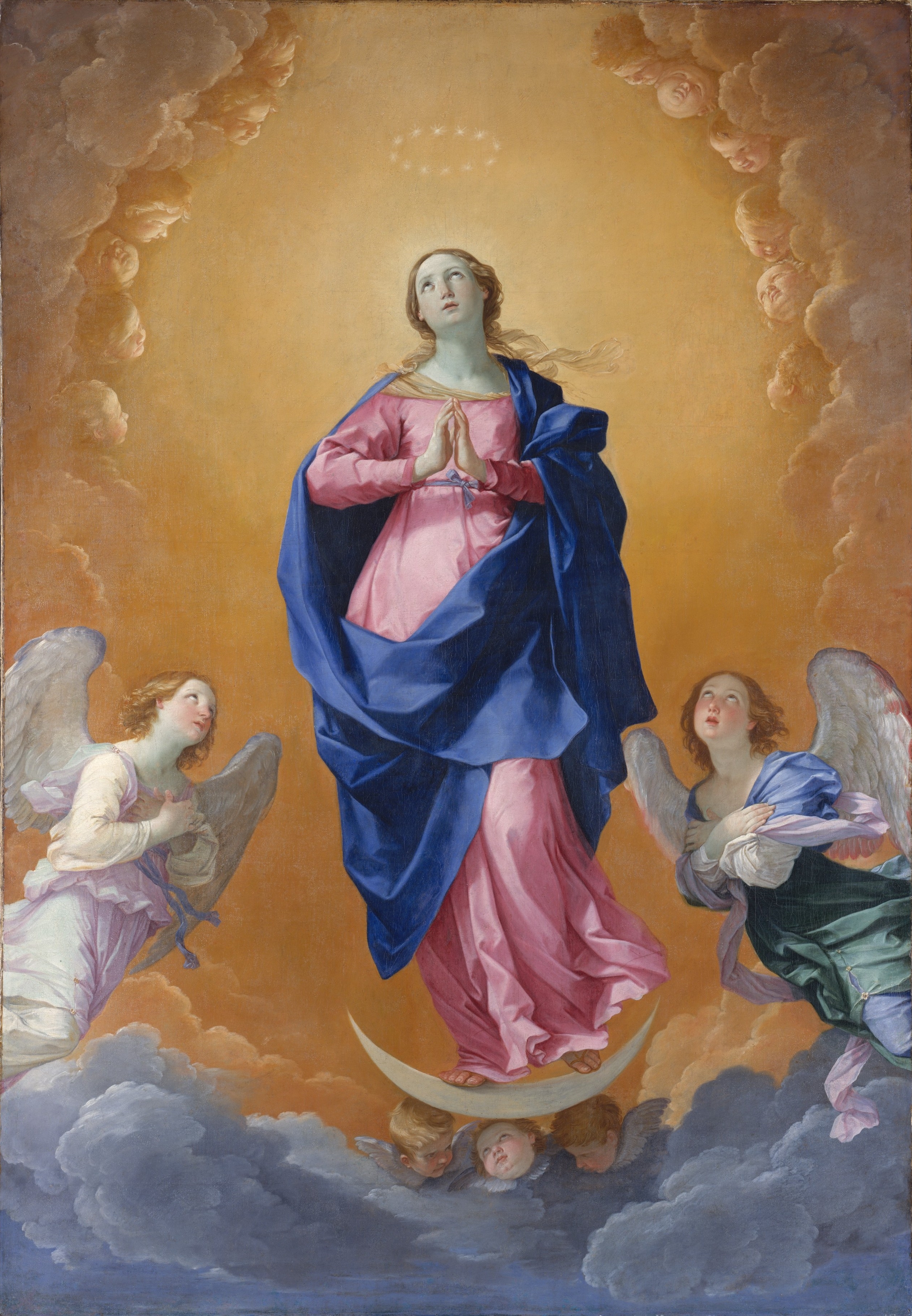L'Allegoria d'Italia (olio su tela, 333 x 245 cm) fu dipinta per il nipote papale, il cardinale Francesco Barberini.
Come in un tableau vivant, personaggi riconoscibili hanno assunto ruoli emblematici: una giovane donna è vestita come l'Italia (indossa una corona merlata, regge uno scudo e sta in piedi su una cornucopia); due uomini dal petto villoso interpretano le parti di divinità fluviali (l'Arno, con un leone, ed il Tevere, con i gemelli Romolo e Remo e la lupa che li allattò).
In quest'opera, Valentin spinse la pratica della pittura da un modello in posa alle sue estreme conseguenze, creando un capolavoro unico, radicale quanto qualsiasi opera di Caravaggio.
Valentin de Boulogne | Allegory of Italy, 1628-29 | Institutum Romanum Finlandiae, Rome





%2BDutch%2Bportrait%2Bpainter.jpg)
%2BDutch%2Bportrait%2Bpainter.jpg)

































